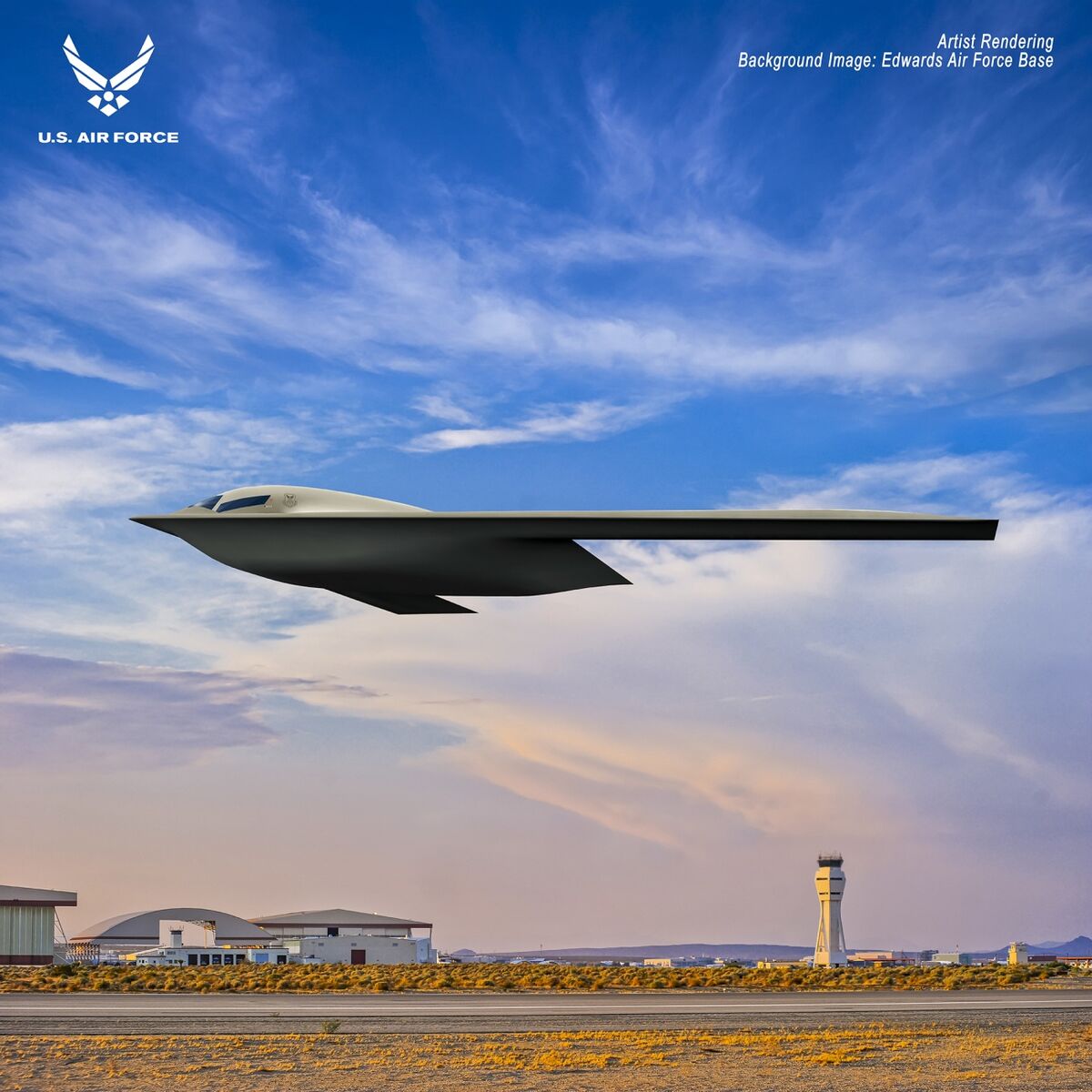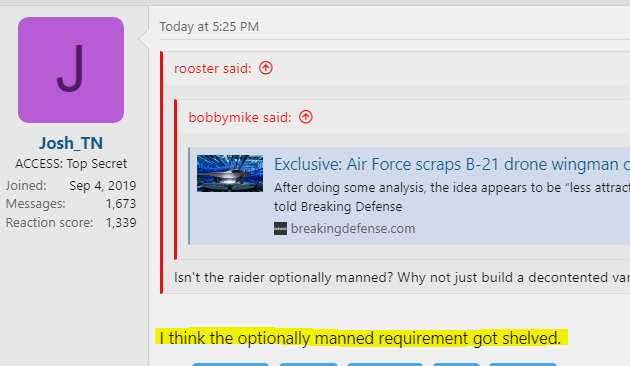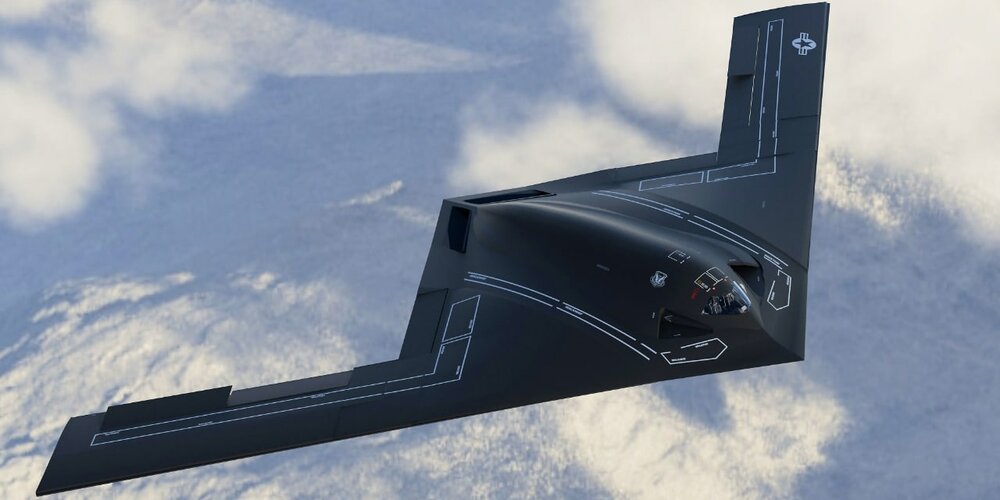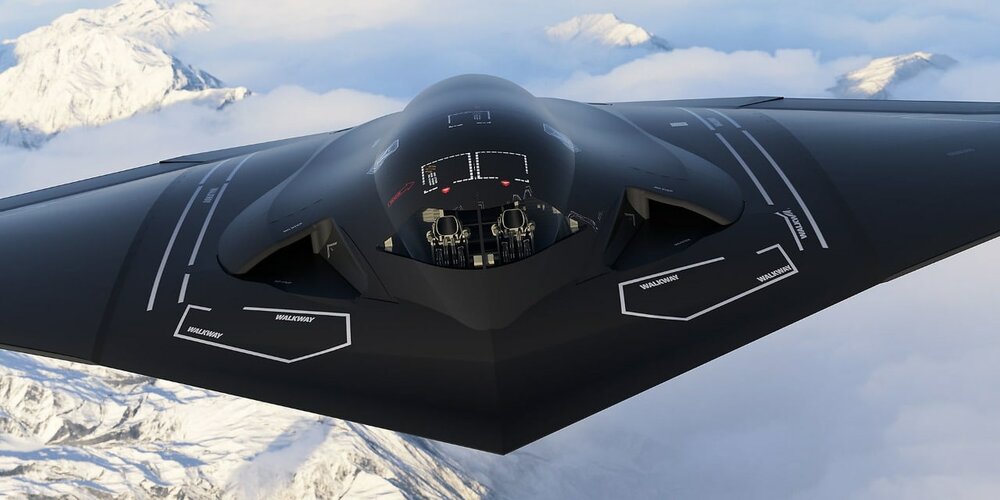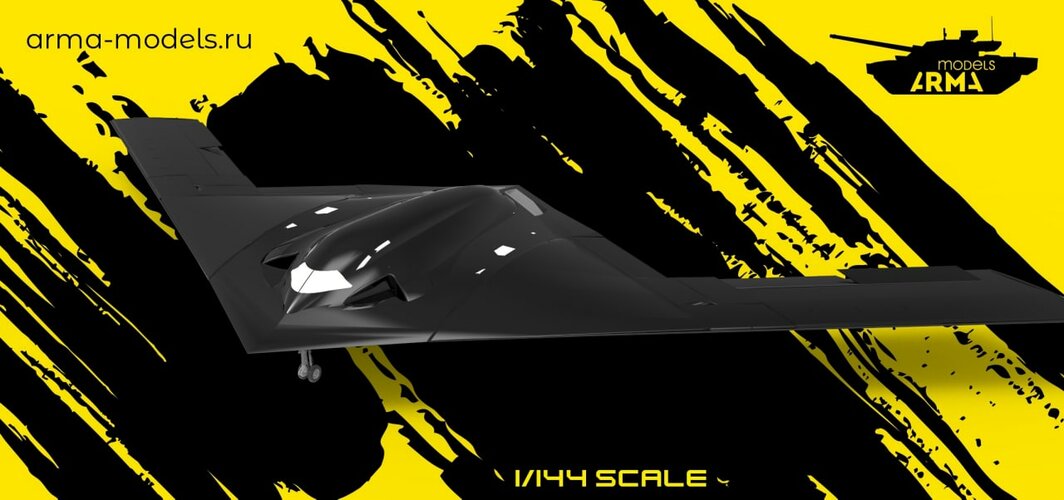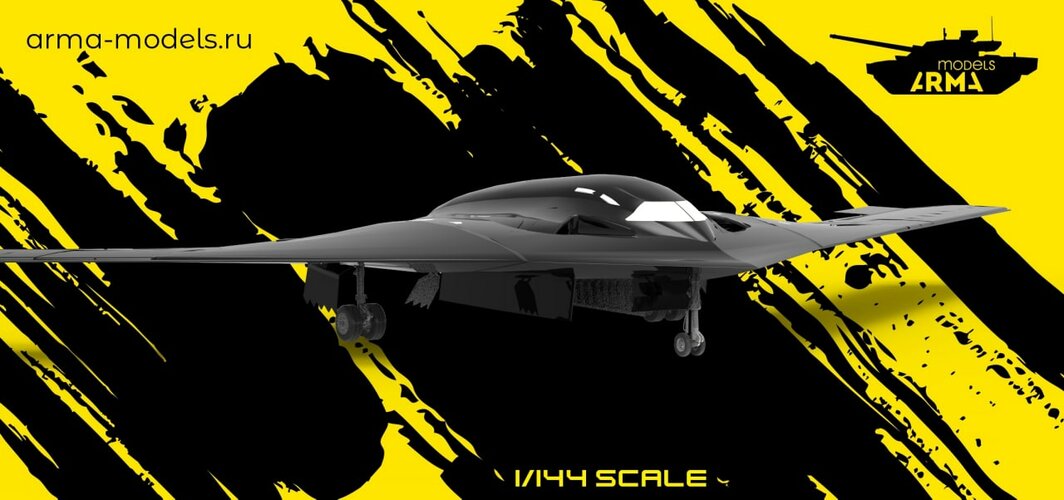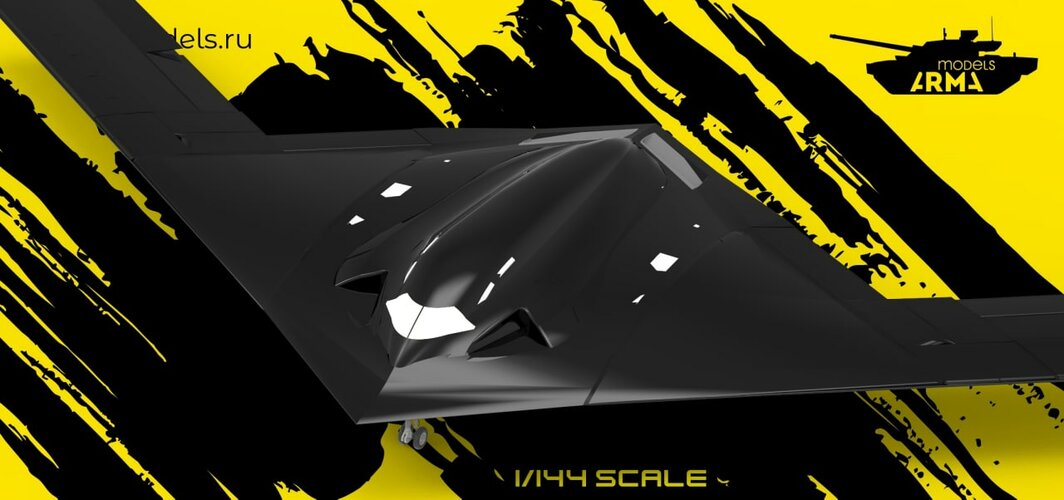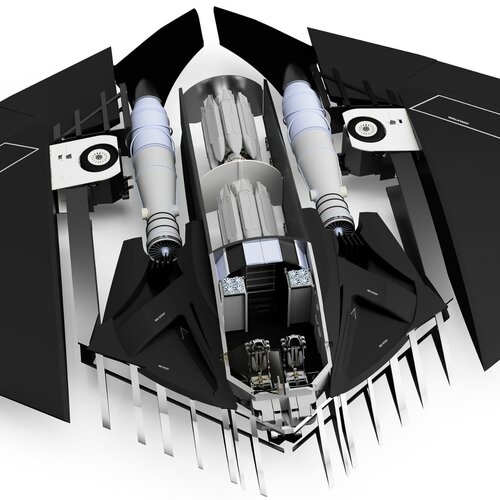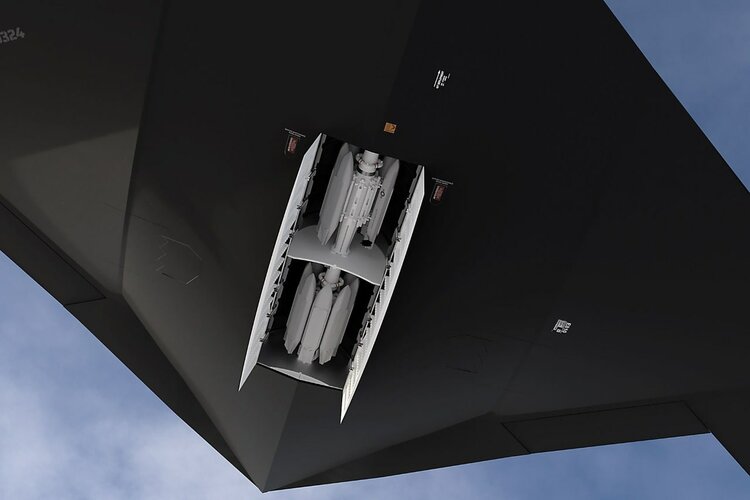B-21 Bomber Delivers Pentagon Surprise: It’s Under Budget So Far
Air Force devotes savings to reducing technical risks later
Northrop Grumman won bomber contract over Lockheed-Boeing
By Anthony Capaccio
June 17, 2022, 15:00 GMT+3
Northrop Grumman Corp.’s cost estimate for developing the new B-21 stealth bomber has come in lower than the US Air Force’s $25.1 billion projection, according to the service’s chief weapons buyer, a rare early-stage success story among major weapons programs that routinely run billions over budget.
“We had money in the program budget that went beyond the contractually required payments” so that “gave us the opportunity” to target the money for early spending on riskier aspects of the program, Andrew Hunter, assistant secretary for acquisition, said in an interview.
How much Northrop was able to save is classified, as are most details about the Air Force’s next-generation bomber. The service has estimated that the B-21 is likely to cost at least $203 billion to develop, purchase and then operate 100 aircraft over 30 years.
The savings come as Northrop tests the bomber’s systems on the ground, assembles the first six test aircraft and prepares for a first flight in 2023.
Northrop was awarded the development contract in 2015 in a surprise win over a joint bid from the top two U.S. defense contractors, Lockheed Martin Corp. and Boeing Co.
Past Mistakes
The Air Force is trying to avoid the mistakes of its rollout of its current bomber, the B-2, in the 1980s. Its development program was started in 1981, and in 1987 the Pentagon approved procuring planes even as it was still in development and testing. Yet, it was only in April 1989 that the Air Force disclosed in public testimony that it had spent $22.4 billion on B-2 development, a revelation that surprised lawmakers.
The sticker shock resulted in some unlikely congressional alliances to curtail the program, with Representative John Kasich, a Republican from Ohio, joining Representative Ron Dellums, a Democrat and self-described socialist from California.
Northrop, which depended on the US government for 85% of its revenue last year, has made the bomber “a huge corporate priority so they’ve assembled a good team” and invested a “pretty substantial” amount of corporate dollars upfront to reduce program risk, Hunter said. “What stands out is the corporate commitment they have made to success.”
Kathy Warden, chief executive officer of Falls Church, Virginia-based Northrop, told analysts in an earnings call in April that progress on the bomber has been “partly enabled by our digital design capabilities and advanced manufacturing technologies, which reduce risk ahead of the aircraft first flight.”
She also disclosed a $67 million incentive fee that the company expects at the contract’s end. Although this wasn’t the first such fee paid to Northrop or projected internally to be earned, “we separately disclose those that have a significant effect on the company’s financial statements,” the company said in a statement. It said the contract contains incentive fees for beating both cost and performance targets.
None of the difference between the $25.1 billion development estimate and Northrop’s lower number will be added to the already agreed-to fee structure, it said.
Hunter said the Air Force will become more transparent with the public about the B-21 after the aircraft is displayed, or “rolled out,” later this year. Congressional staff with the highest security clearances have received regular program updates for years.
“We will be in a position to be more forthcoming once we are actively out there flying” because “we will be more visible,” Hunter said. The “first flight is a big marker,” as well, he said because “if we can do the ‘power up’ and achieve first flight, that tells us a significant number of our engineering boxes we needed to check” were achieved.



